|
Today was another day of climbing the steps and walking the trail around Gran Piedra. Here you can see the 63,000 ton boulder that sits on top of the hill with the radar station just to its right. A few years ago this area must have looked very different before Hurricane Sandy ripped through here early in the morning of 25 October 2012 and destroyed most of the larger trees and stripped the remainder. The standing bare trunks are a stark reminder of what happened that day. It was a Category 3 hurricane as it hit Cuba and this area was right in its path and took the full force of the 115mph winds. Today however there was no wind to speak of and it was intermittently damp with occasional sunny spells. Its a wonderful view looking south to the coast and we spent some time looking over the balcony watching the butterflies nectaring on the Lantana below. There were several swallowtails, skippers and whites and I was photographing a Many-spotted King Anetia briarea when a Cuban Green Anole Anolis porcatus shot forward and grabbed a White-angled Sulphur Anteos clorinde. It then spent the next 25 minutes trying to swallow it whole. I thought it would have attempted to rip the wings off with its front legs but it made no attempt to do this. We were then distracted by something else and so I don't know how much longer it took to swallow it completely. There were Yellow-angled Sulphur Anteos maerula and Large Orange Sulphur Phoebis agarithe as well Caribbean Sailor Dynamine serina, Pelaus Swallowtail Heraclides pelaus, Polydamas, Gundlach's and Oviedo's Swallowtail Heraclides oviedo that was laying on Piper peltatum. There were birds too including Cuban Bullfinch, Cuban Emerald and Western Spindalis. The view to the north was equally impressive as to the south. We found the larva of a pyralid moth called Sea Grape Moth Epicorsia oedipodalis but even better was a pair of moths in cop on the road which although having a superficial resemblance to the Sesiidae is in fact one of the Arctiinae (now part of the Erebidae). I have narrowed it down to being in the genus Eunomia of which there are three known species in Cuba. It doesn't seem to match E. caymanensis but I can't find photos of E. insularis or E. nitidula both of which are endemic to Cuba. Next to the track at the top of the hill was a vertical bank formed when the road had been cut through the hillside. A staccato rattle indicated the presence of a Cuban Tody so we watched and waited as one came to feed its young in a small hole in the bank. They are a common and widespread endemic of woodlands throughout the island and its only once you know the call you realise how common they are. And pretty photogenic ones too. The light wasn't good enough to photograph the adult here, the one below I photographed last month near Guardalavaca.
0 Comments
Leave a Reply. |
Welcome to our Blog
Here we will post interesting news about what we and others have seen in Cuba. Archives
July 2024
Categories |
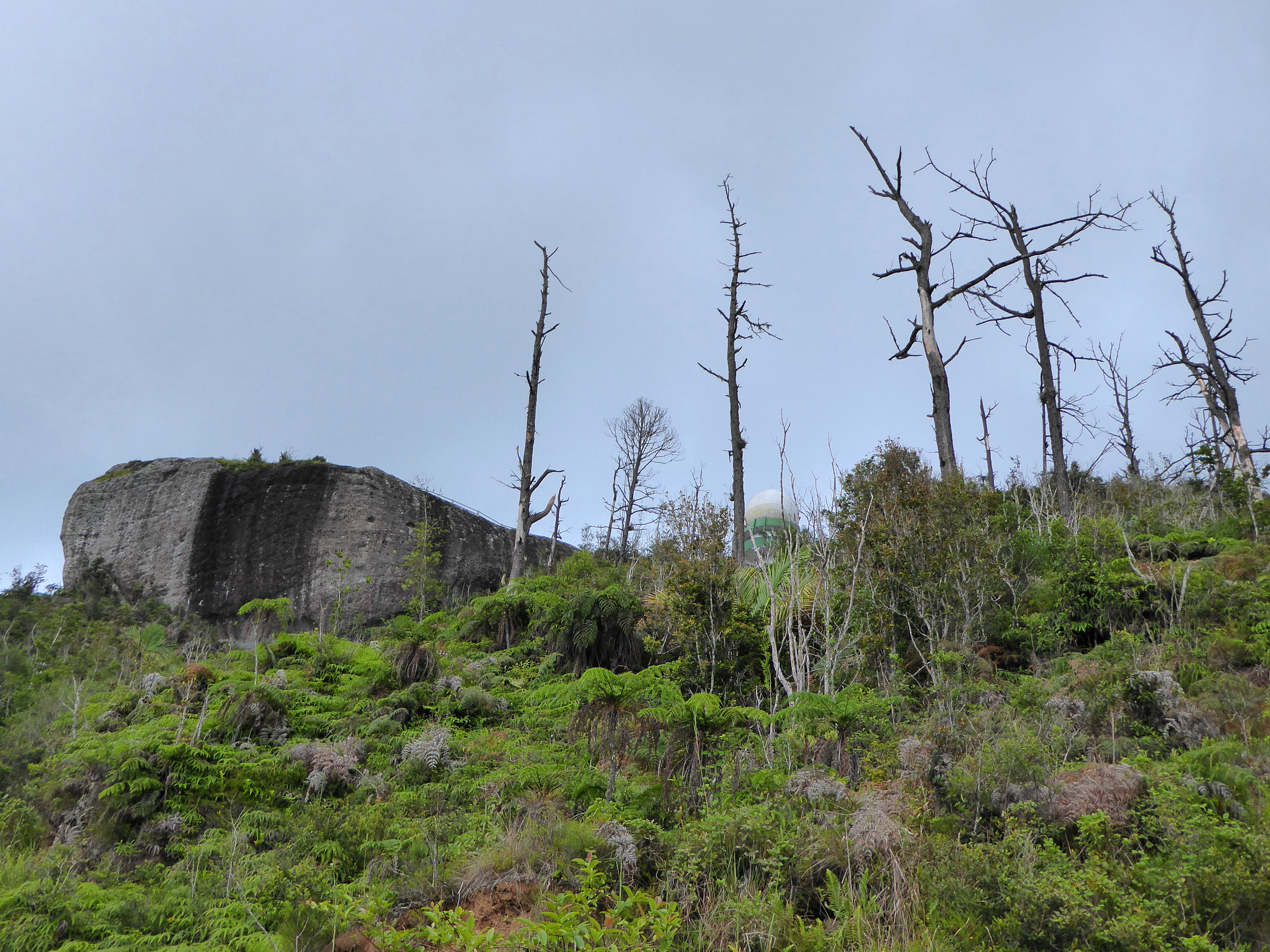
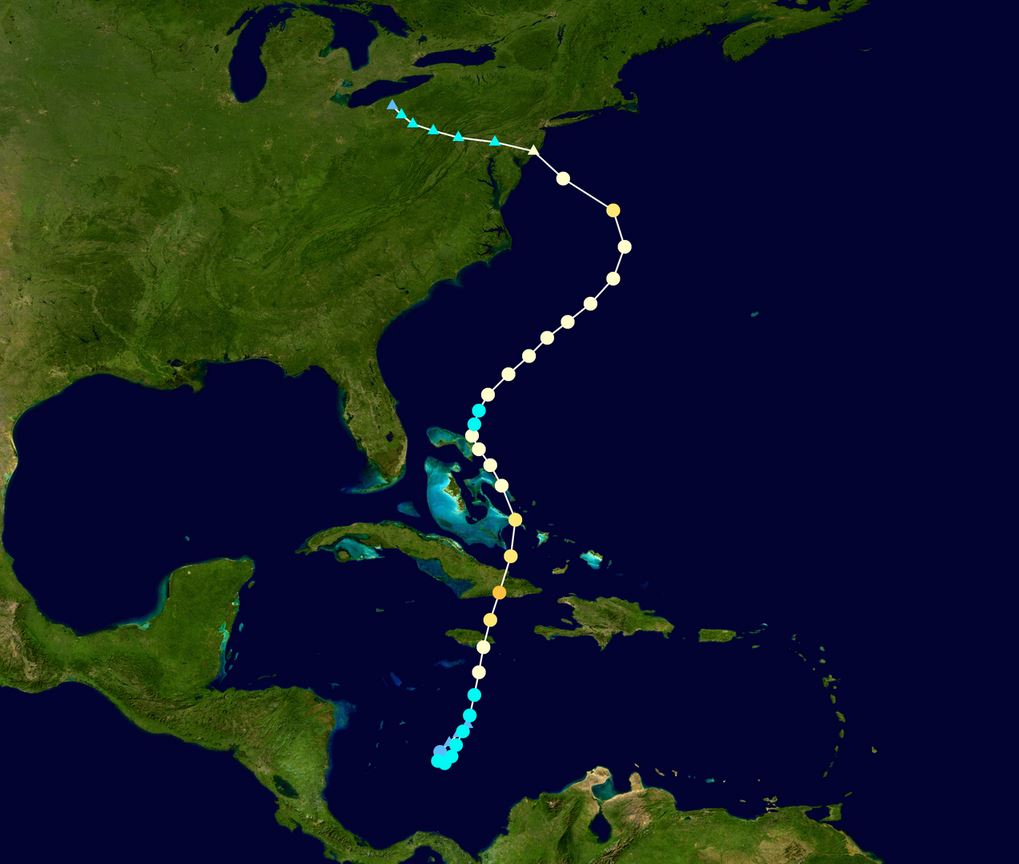
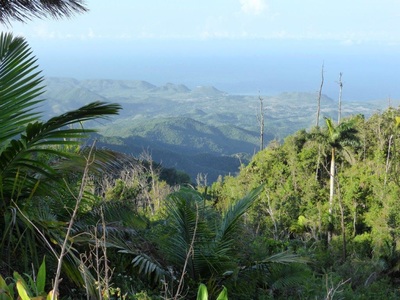
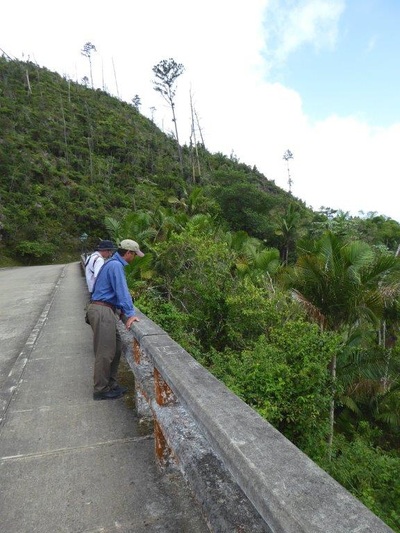
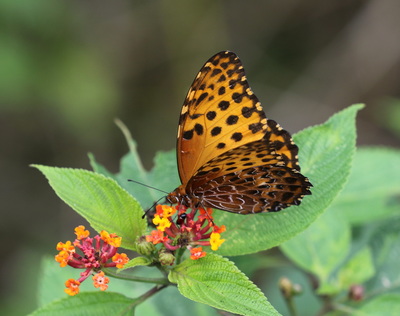
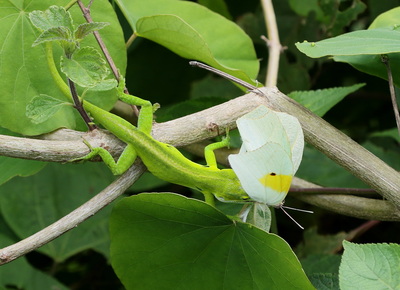
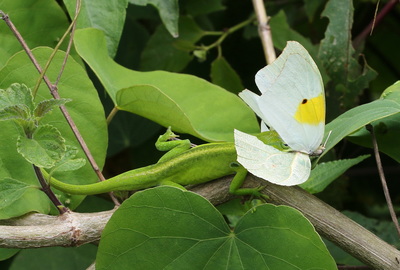
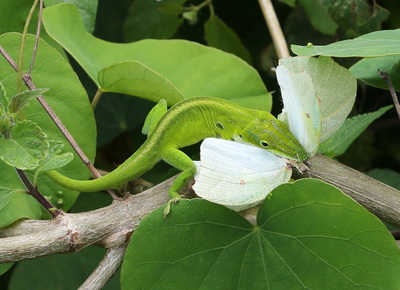
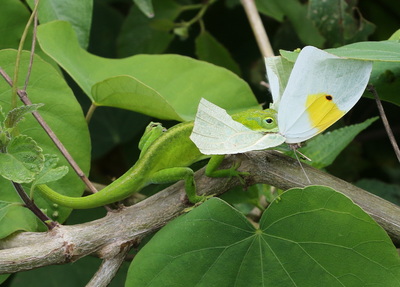
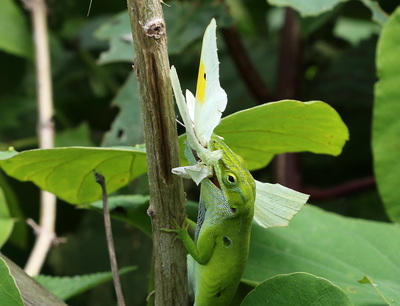
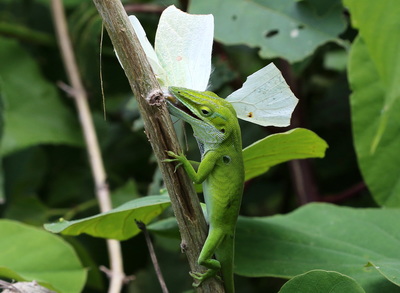
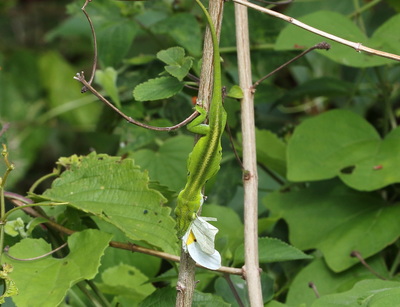
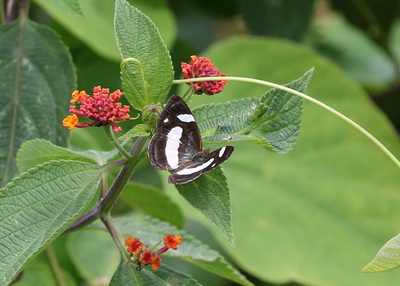
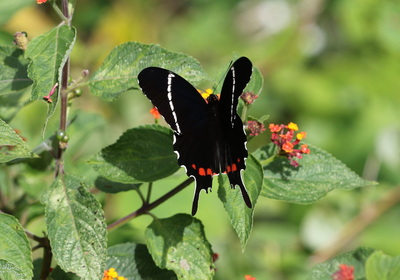
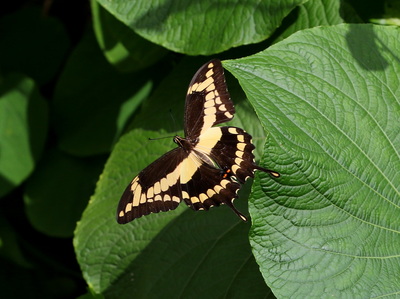
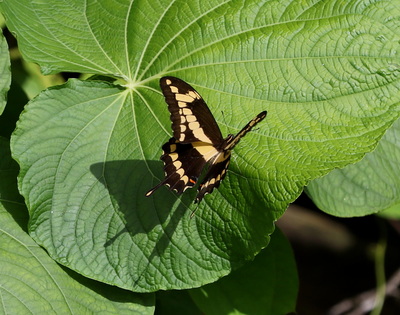
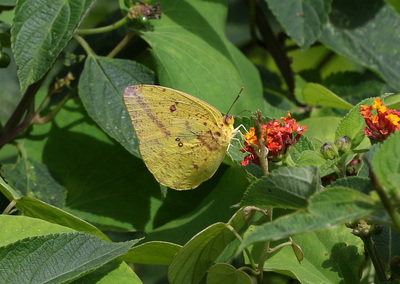
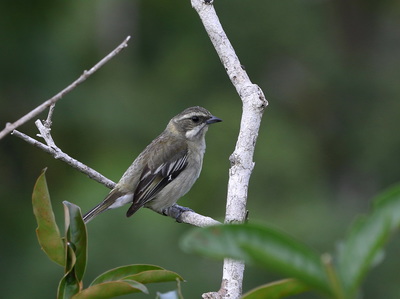
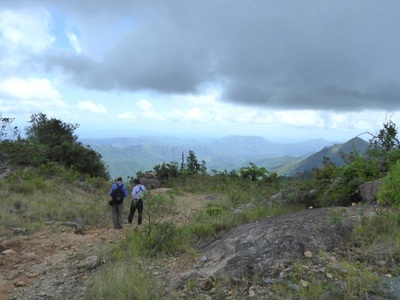
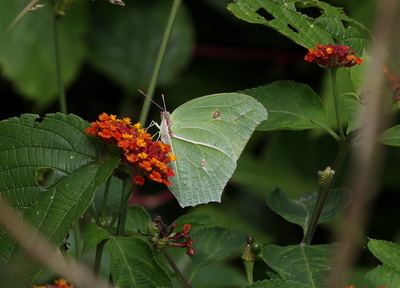
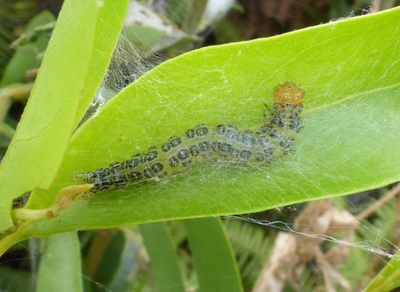
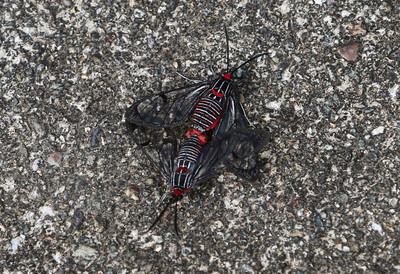
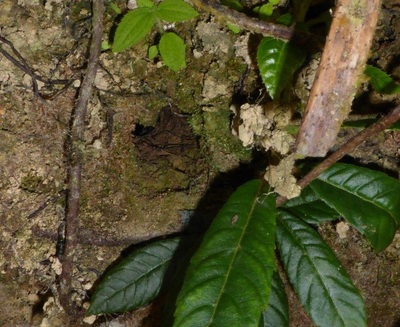
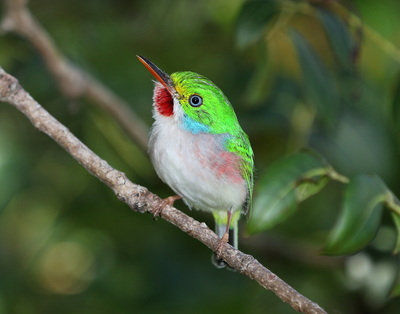
 RSS Feed
RSS Feed